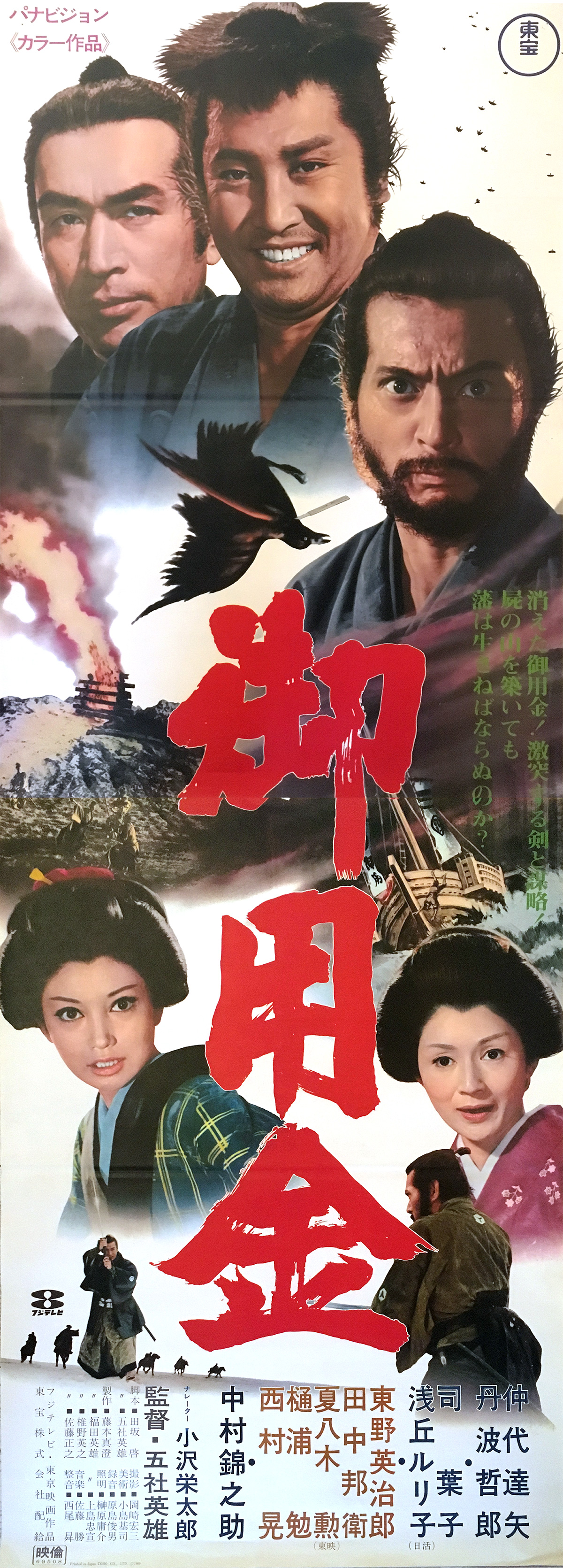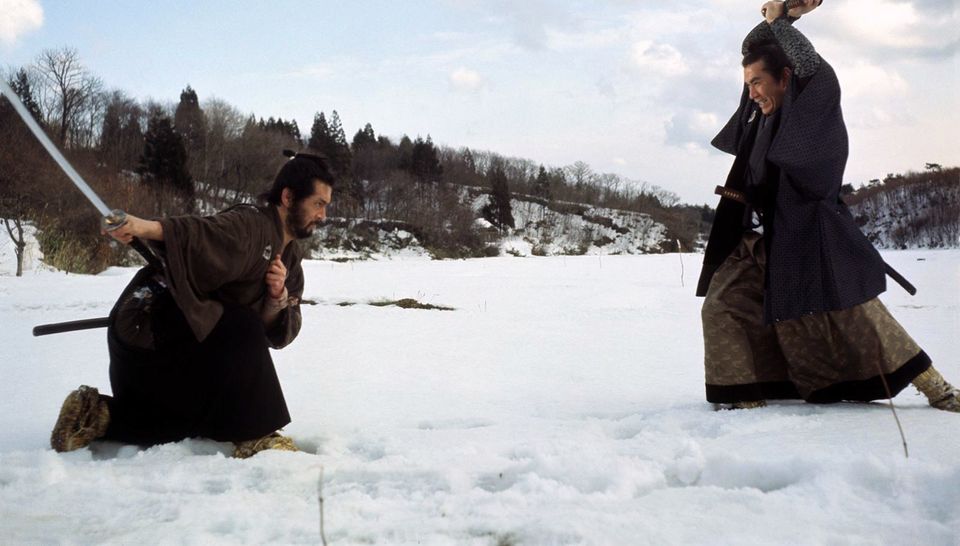Books, movies, food, and random thoughts in English and Chinese. Sometimes I confuse myself.
Search This Blog
Friday, July 31, 2020
Goyokin (1969)
I watched Goyokin (trailer) twice a few weeks ago, and even now I am haunted by Tatsuya Nakadai's eyes. (He might have been even more haunting in Harakiri, but that's a different kind of impression.)
The plot relies heavily on familiar tropes in jidaigeki and samurai movies and requires little to no elaboration to fans of the genre. Maybe that is why Hideo Gosha, who co-wrote and directed this movie, remains quite obscure in the West. Steeped in the enormous scope of the action, the scenery, and the larger-than-life characters is an old-fashioned romanticism, presented with pure visual bravura.
I consider myself a legit fan of the genre after watching nearly 80 jidaigeki movies and several TV series, mostly from its golden age of the 1960s and 70s. In these movies, we are often treated with sophisticated cinematography that captures the deadly beauty of sword-fights, from the forbidding grassland in Samurai Rebellion (Masaki Kobayashi) to the house of shadows and nightmares in The Sword of Doom (Kihachi Okamoto). Of all these entries, however, Goyokin has the most gorgeous and unforgettable scenes, shot obviously on location. It was unparalleled when it came out, and I very much doubt we will ever see anything like it again.
It is a shame that I have been unable to find a remastered or high-resolution version of this movie with English subtitles (Chinese subtitles would do, but they don't seem to exist either). This gem should be seen on the big screen.
Subscribe to:
Post Comments (Atom)
The Ending of Le Samourai (1967), Explained
A quick online search after watching Jean-Pierre Melville's Le Samourai confirmed my suspicion: The plot is very rarely understood b...



No comments:
Post a Comment